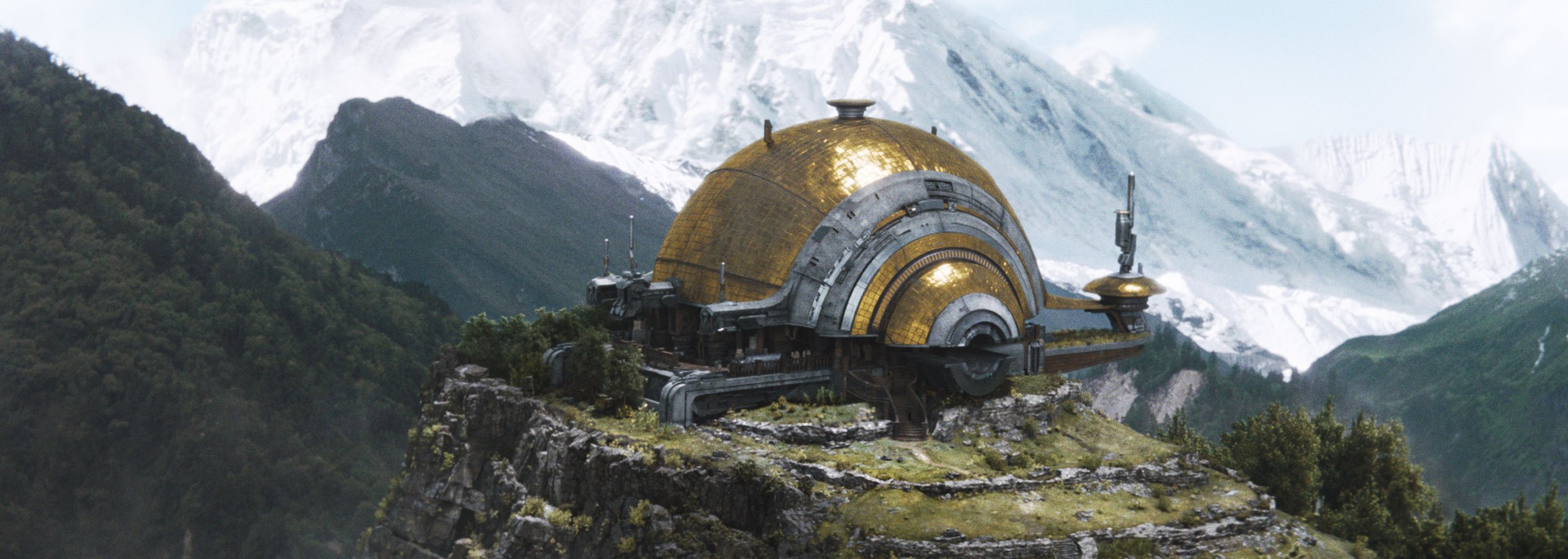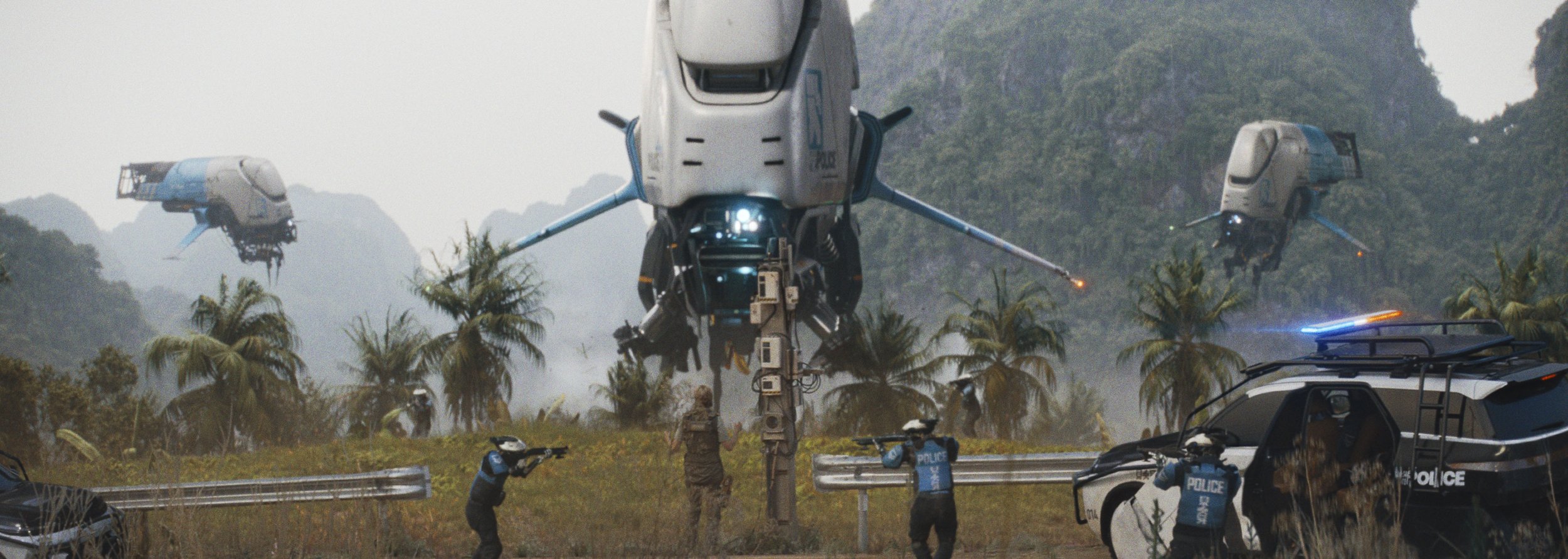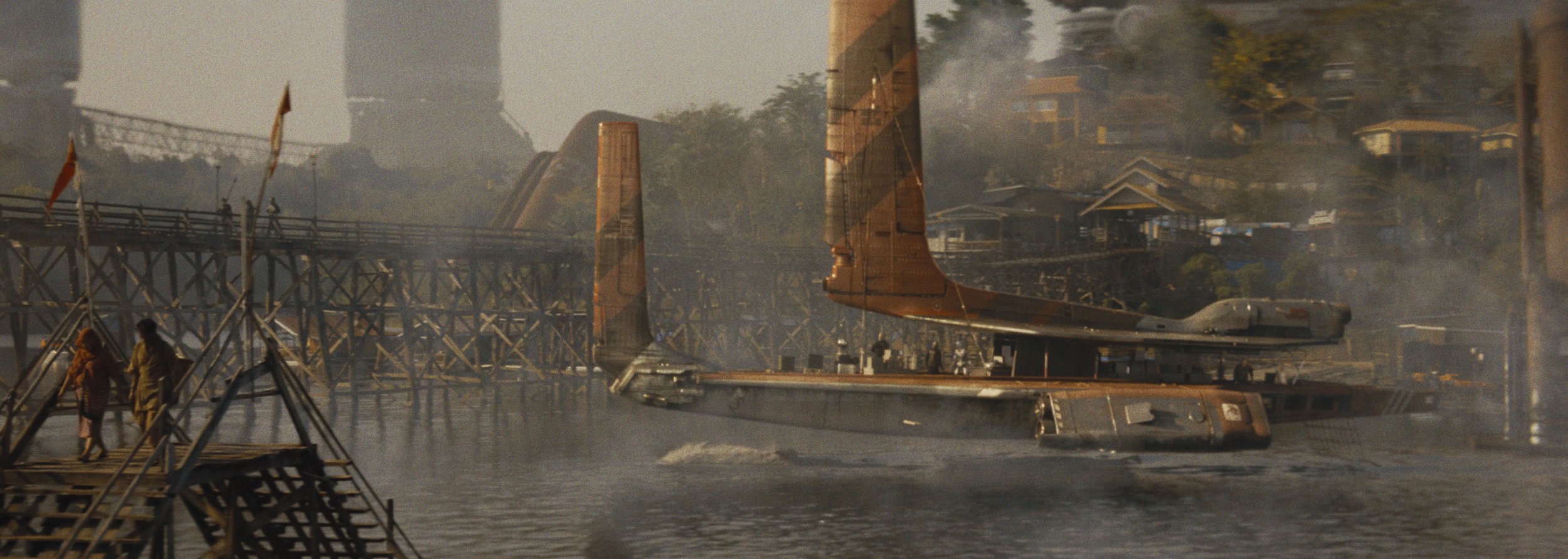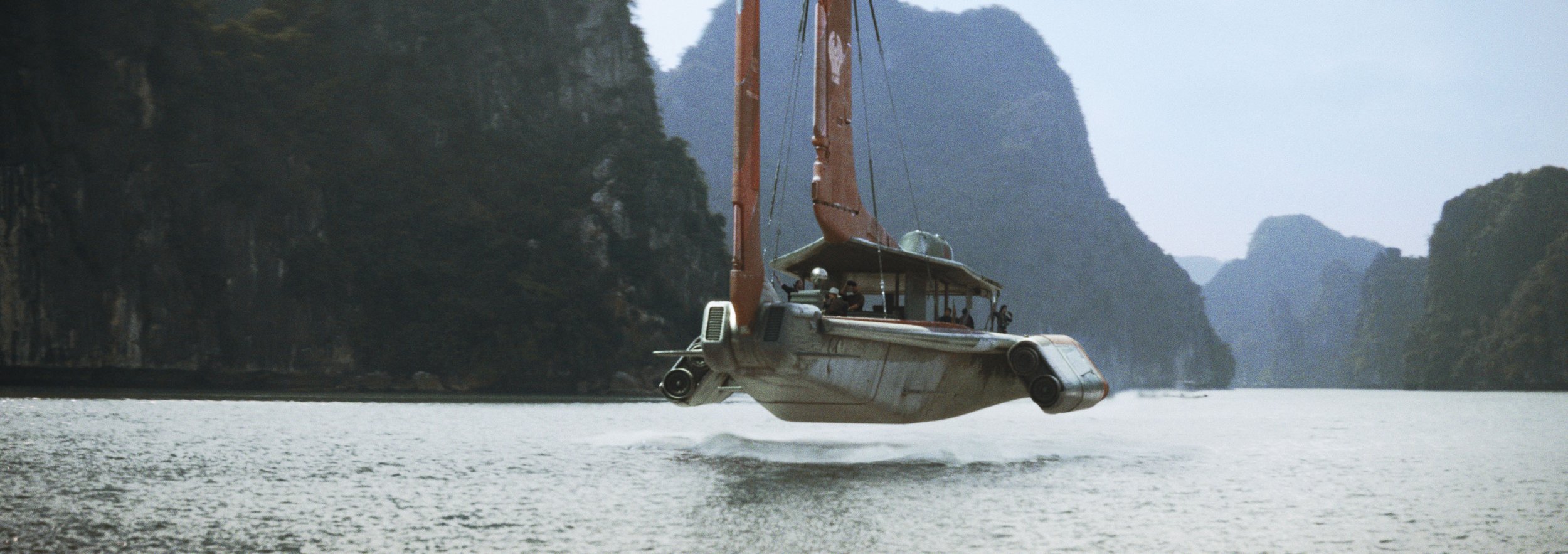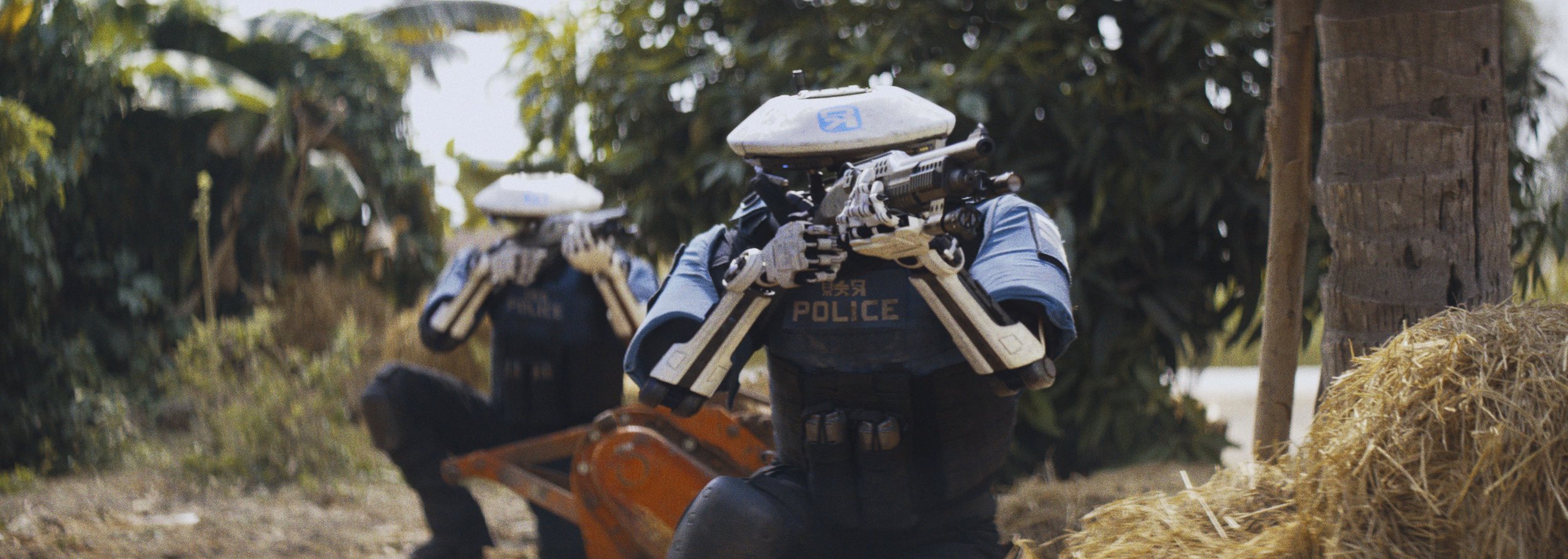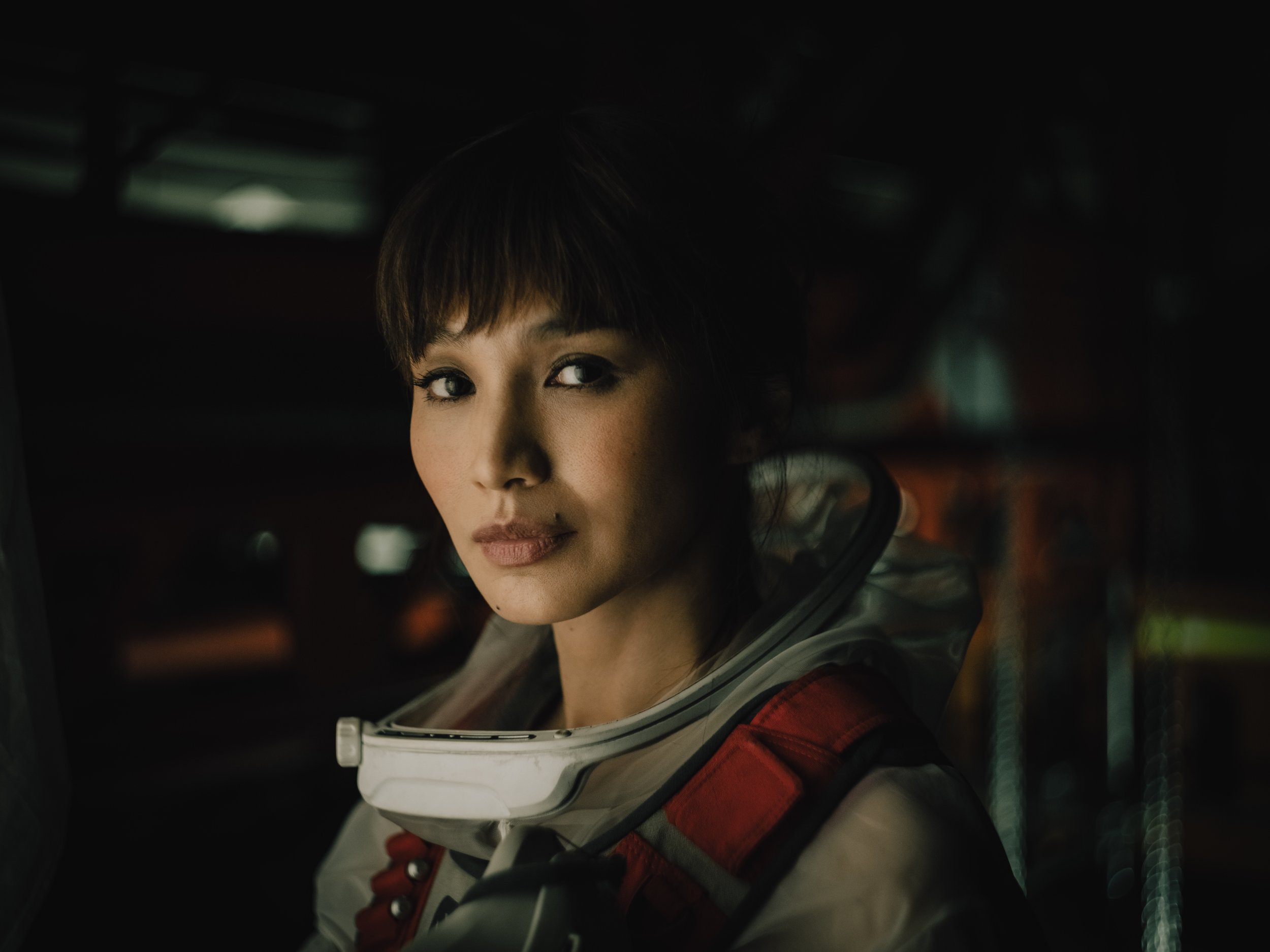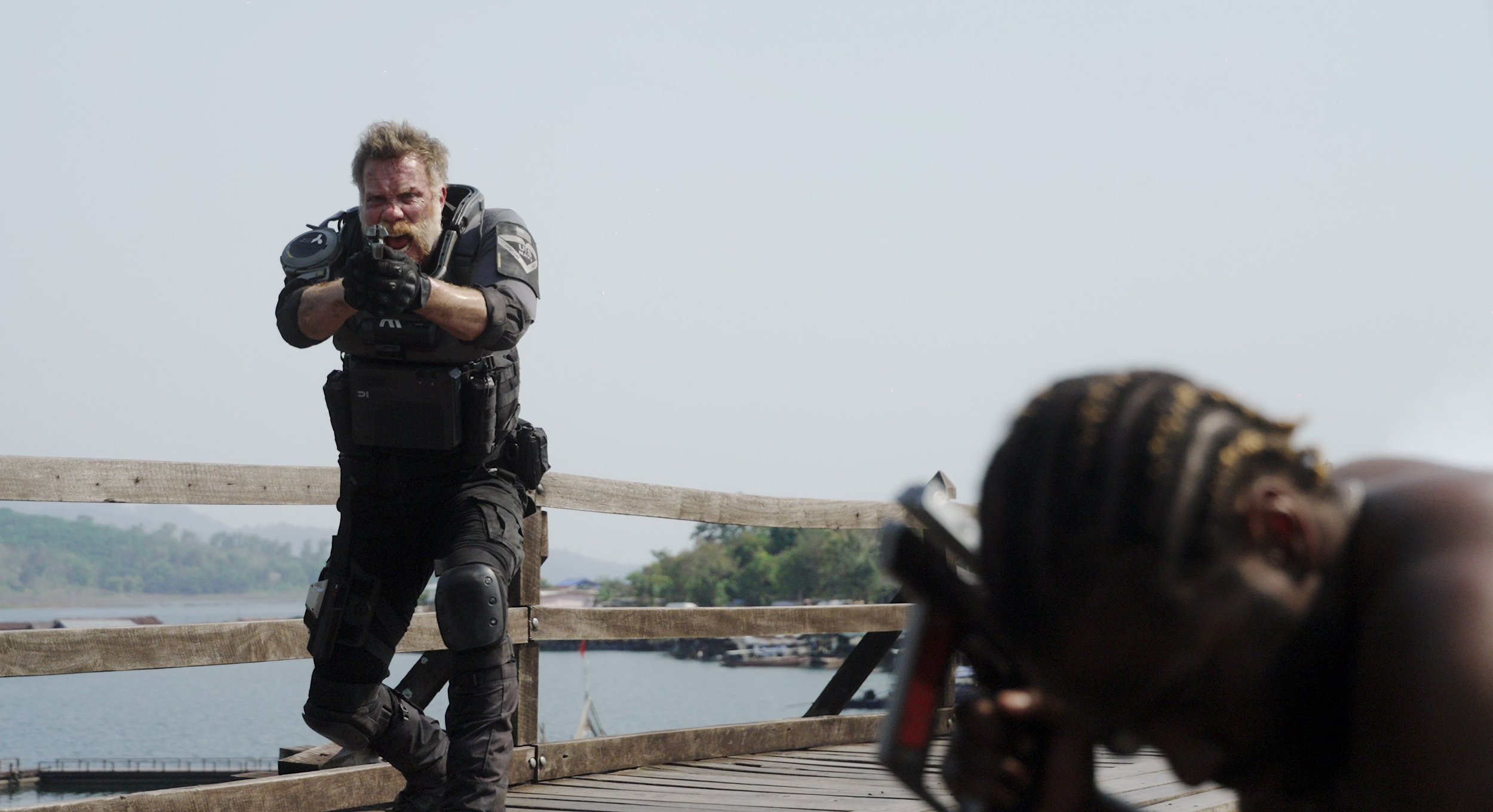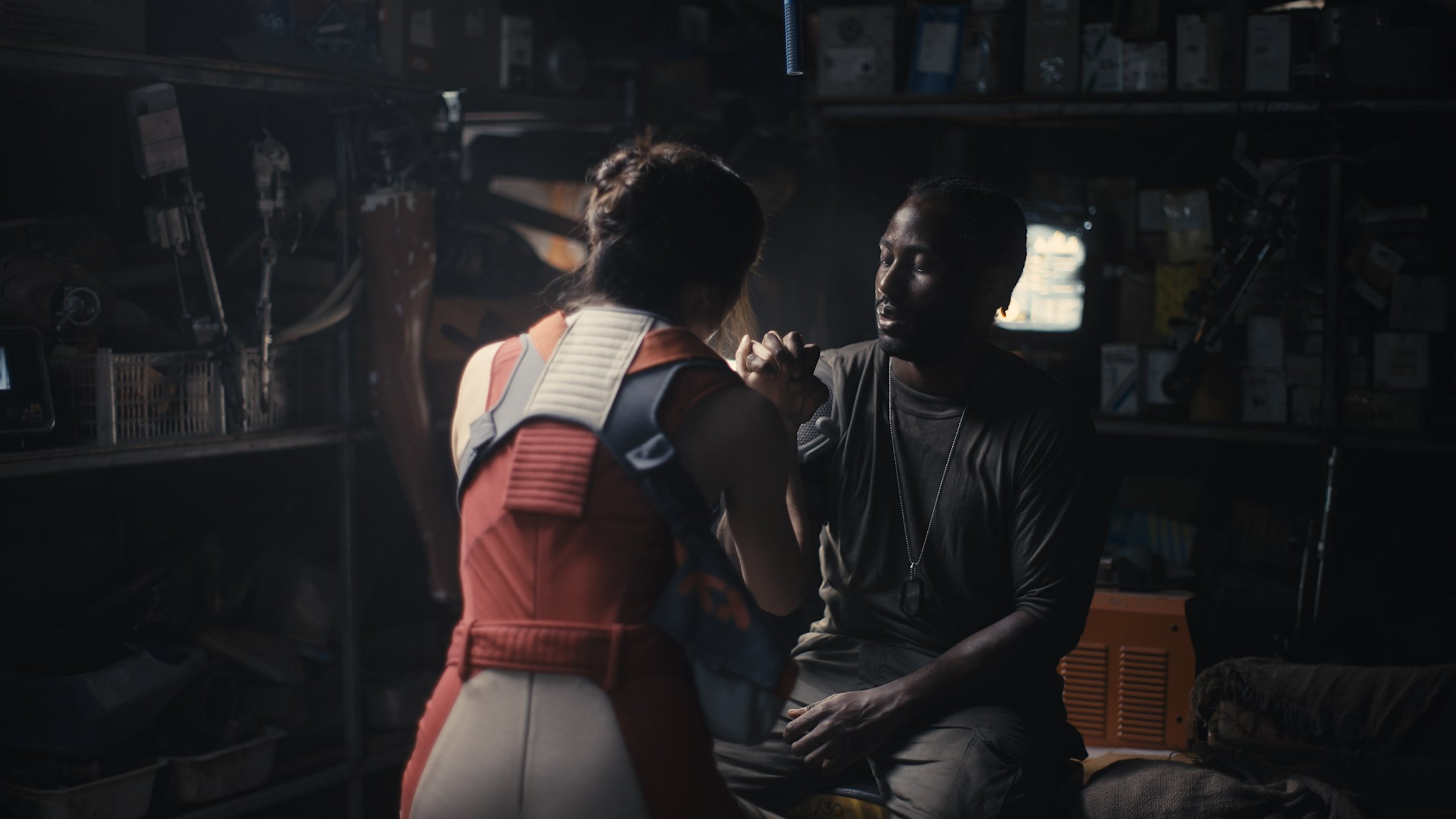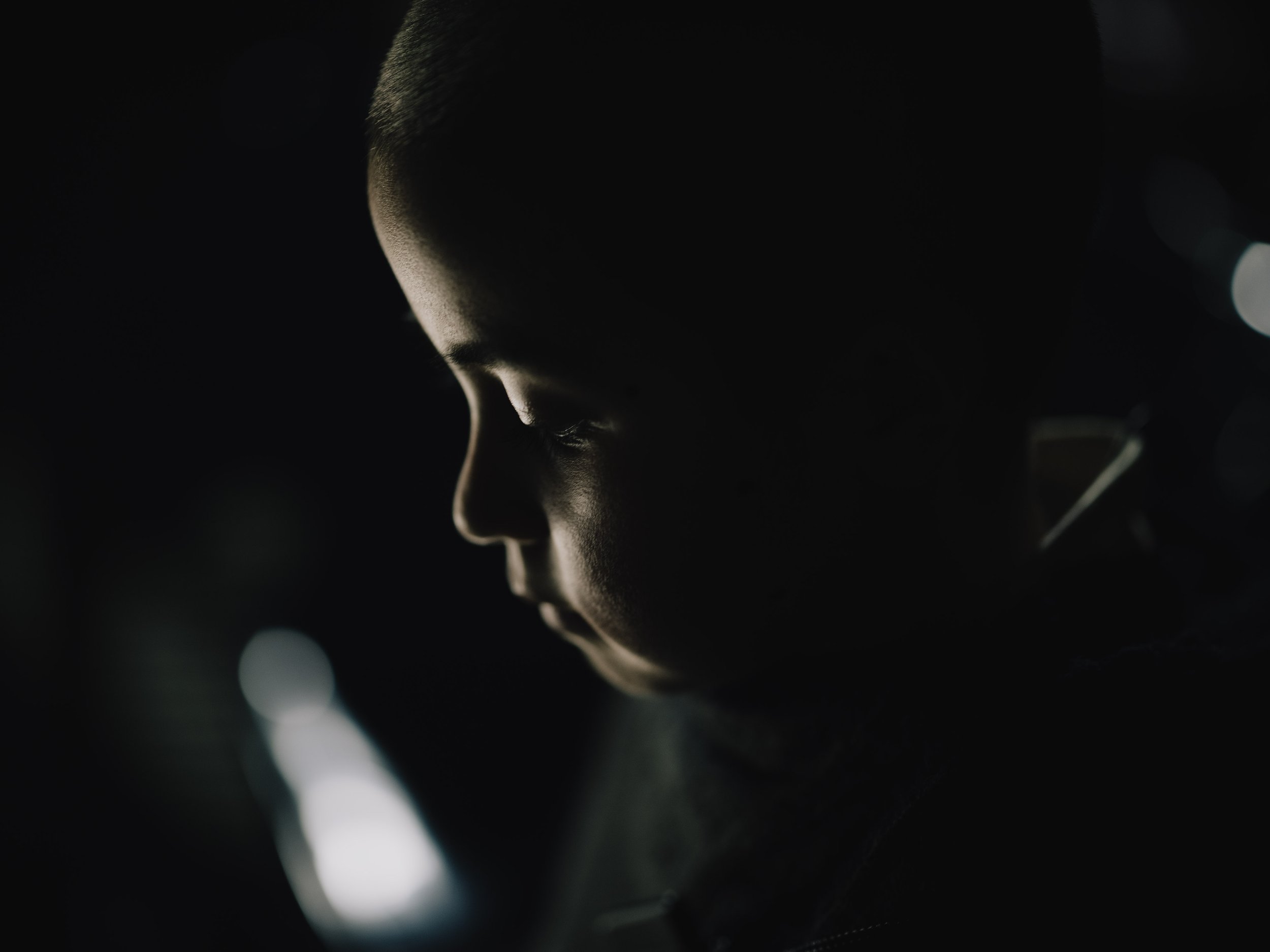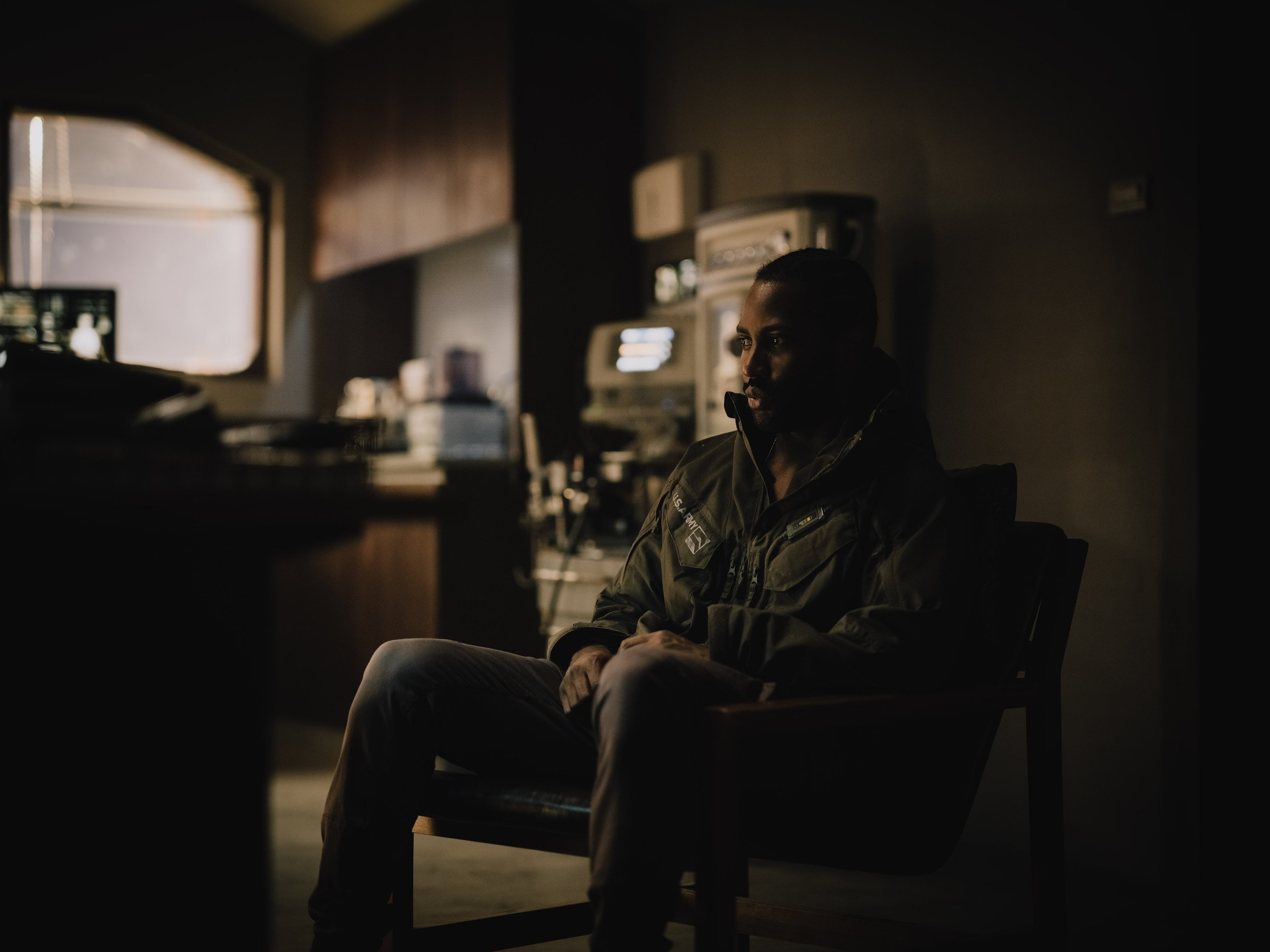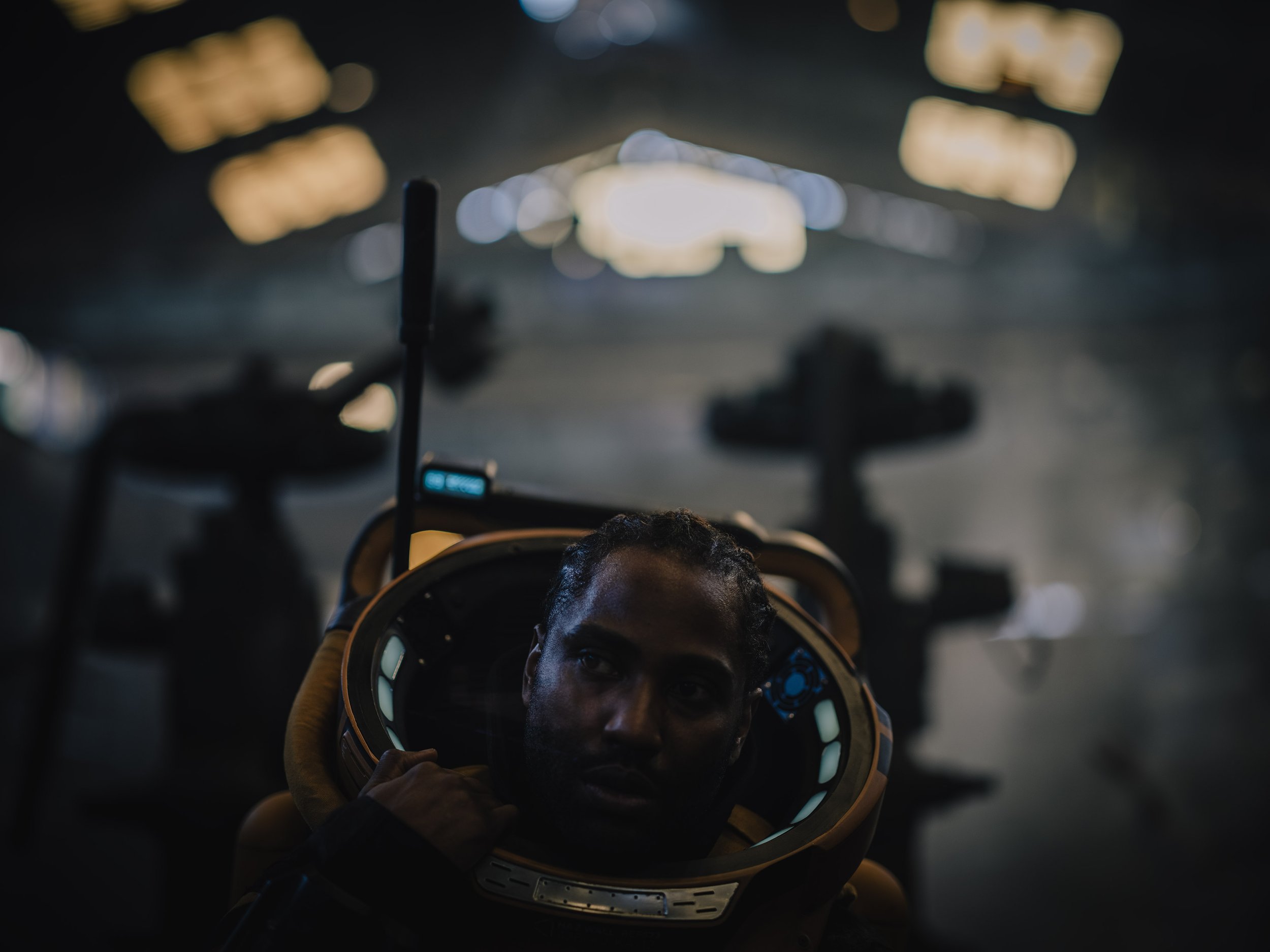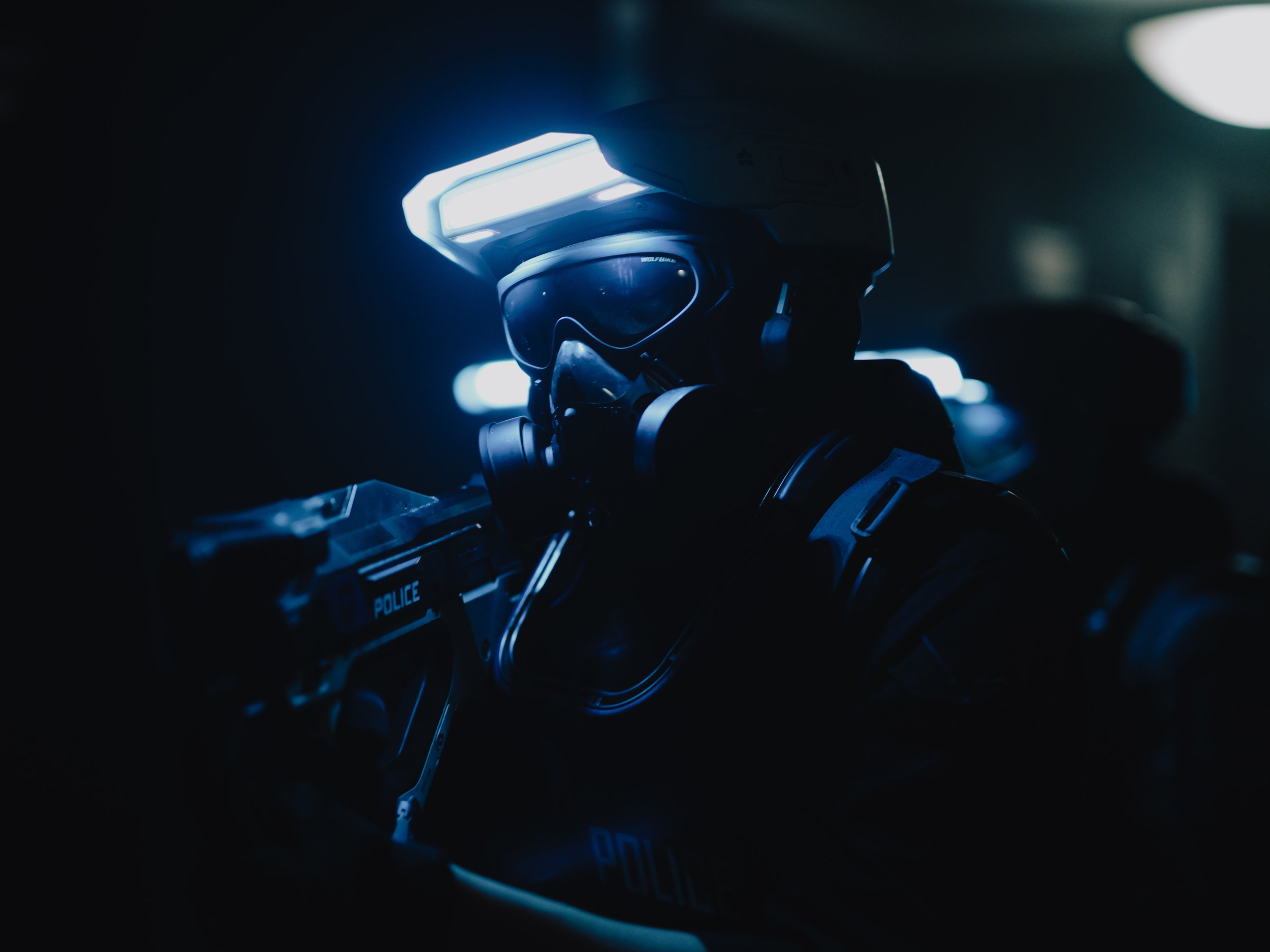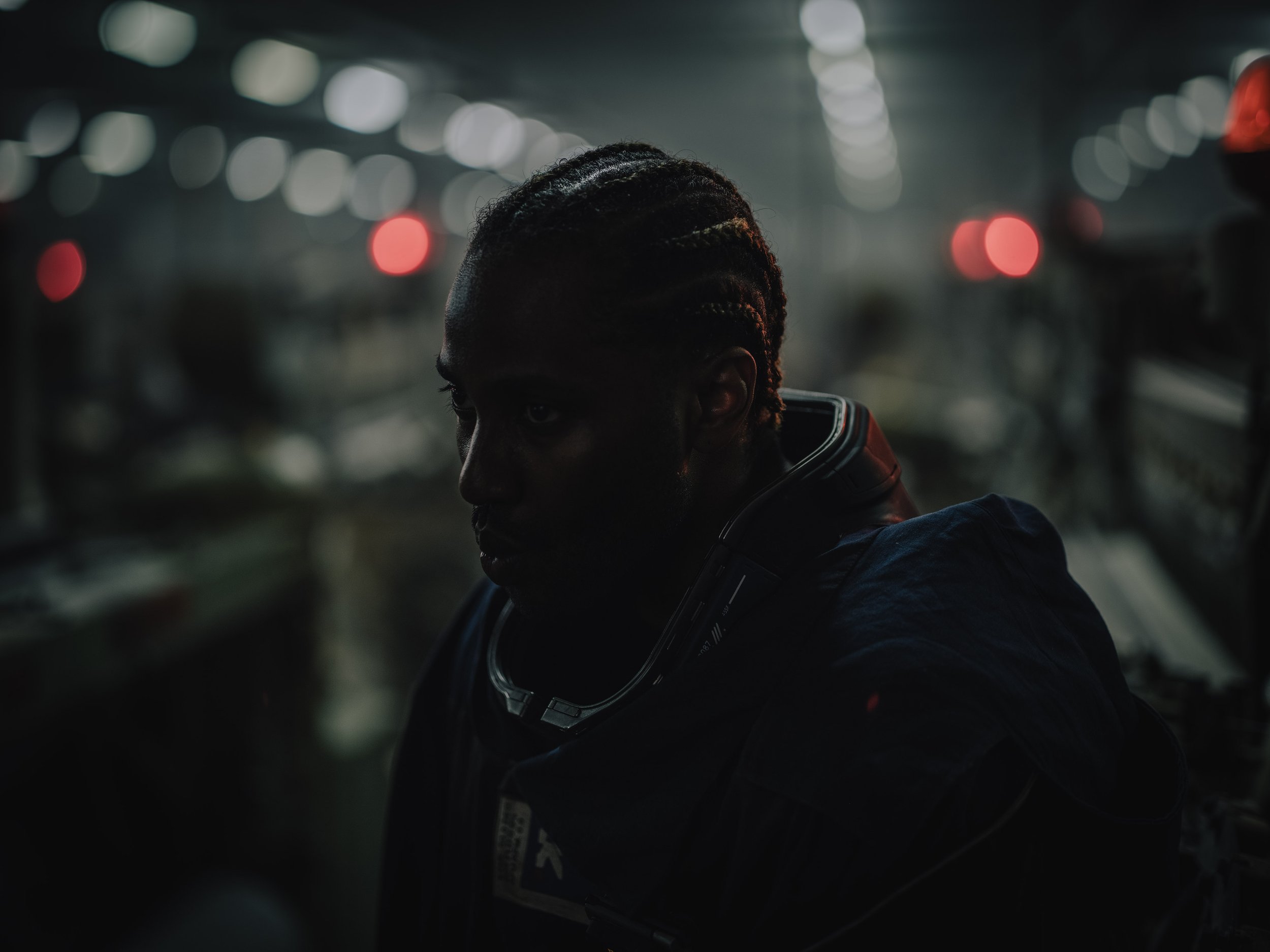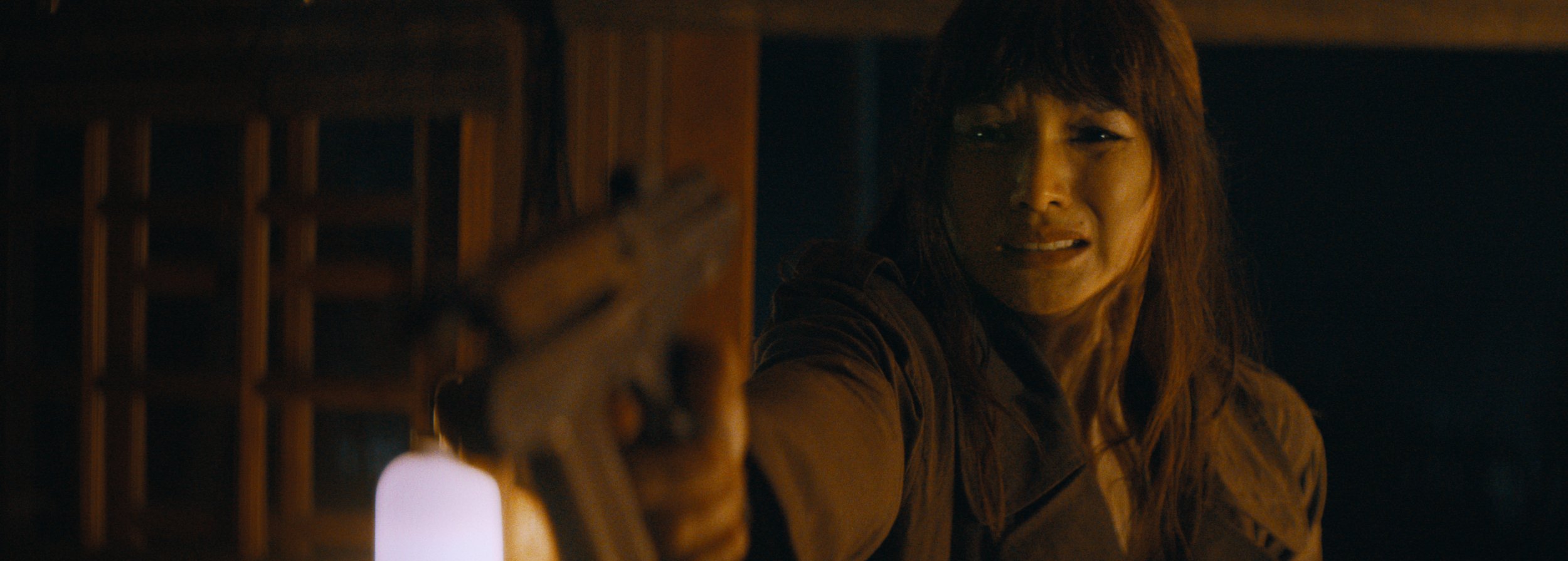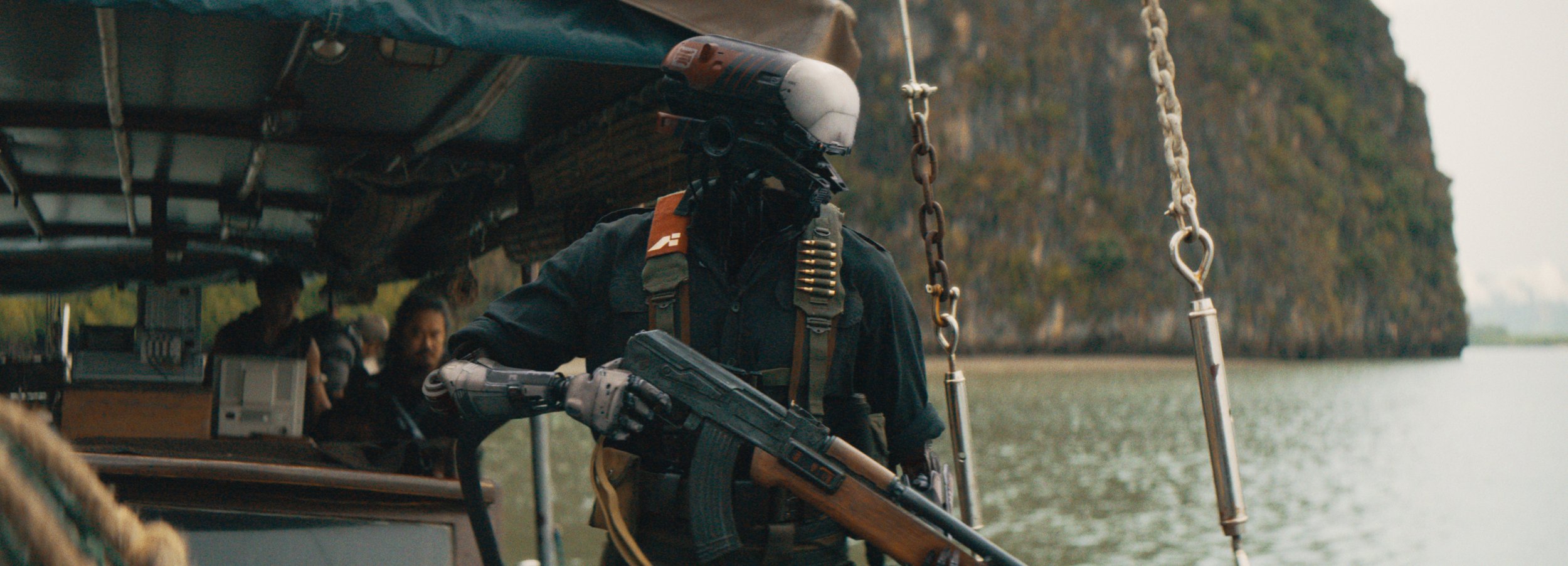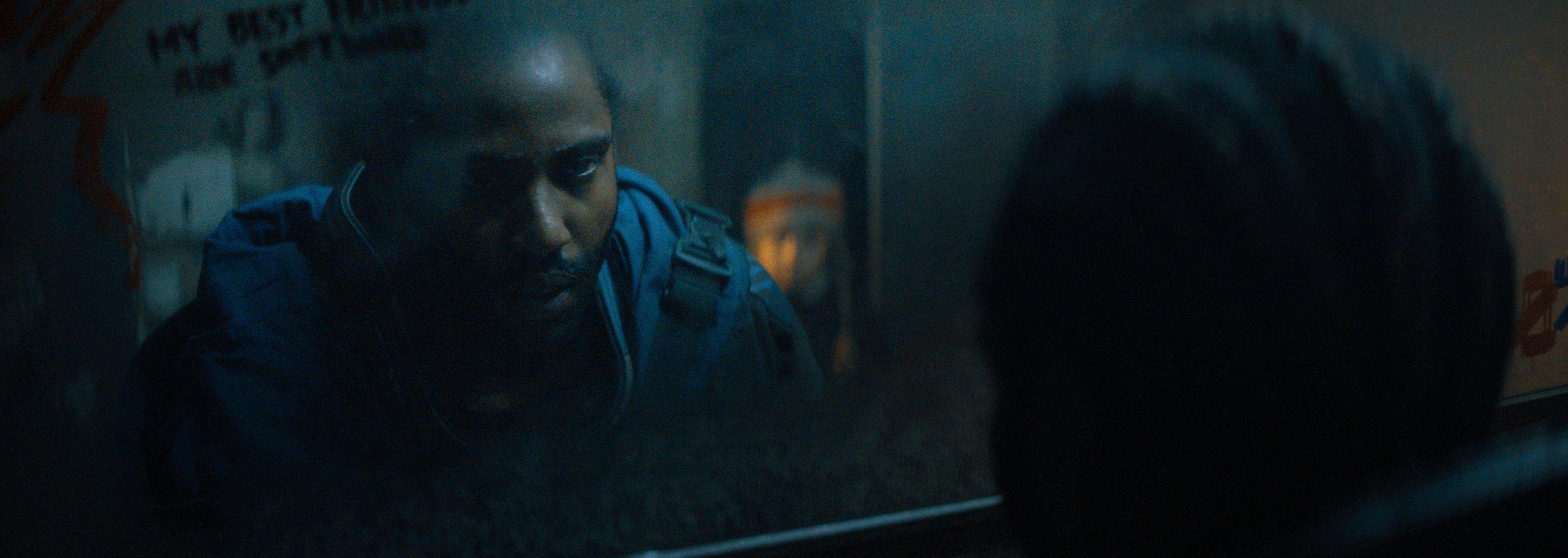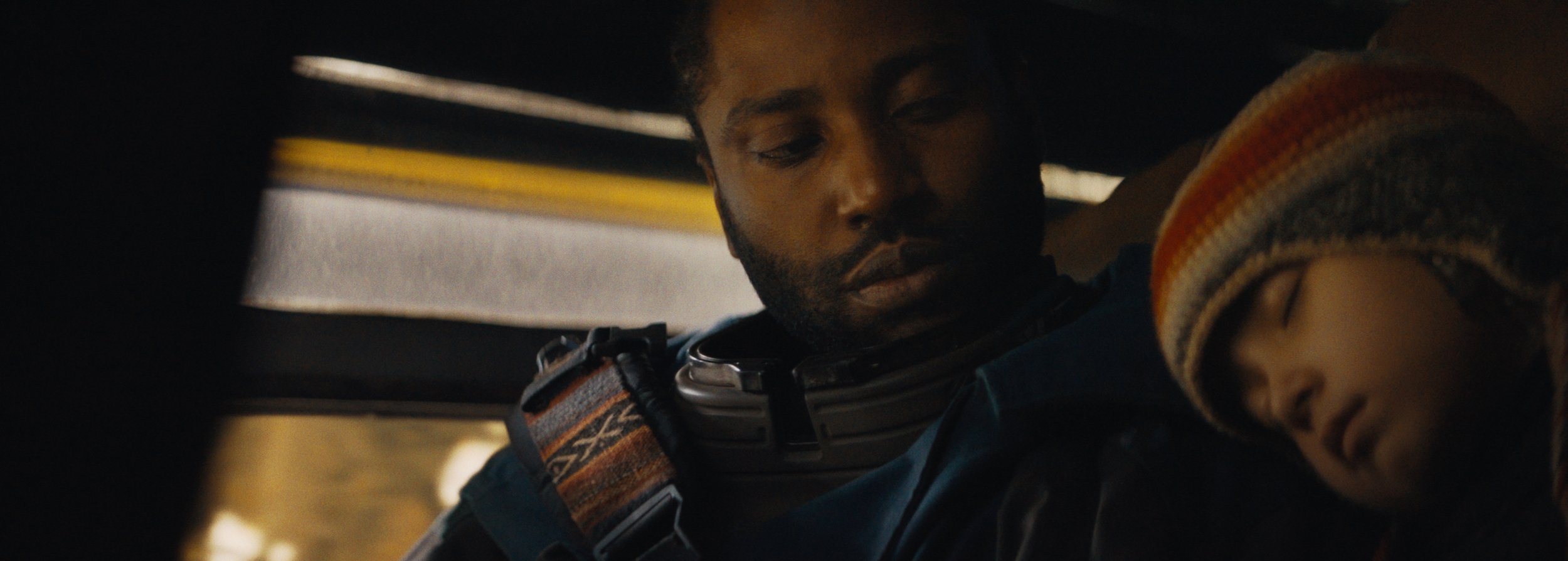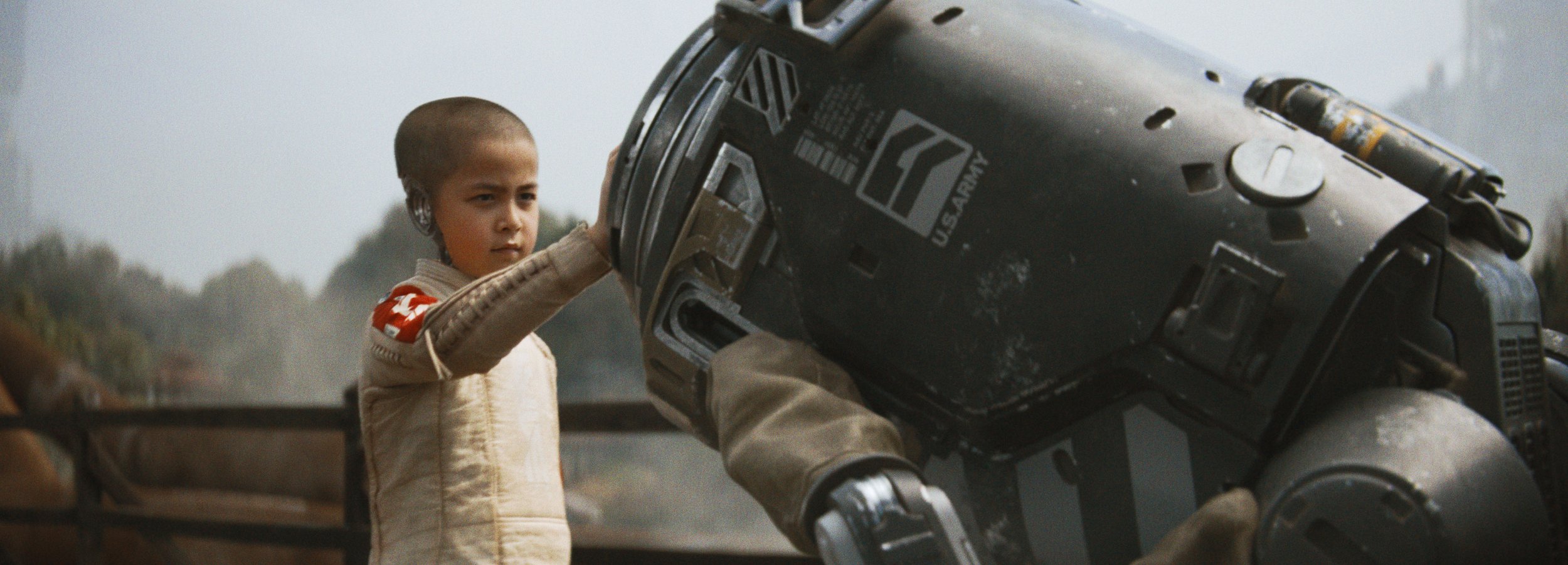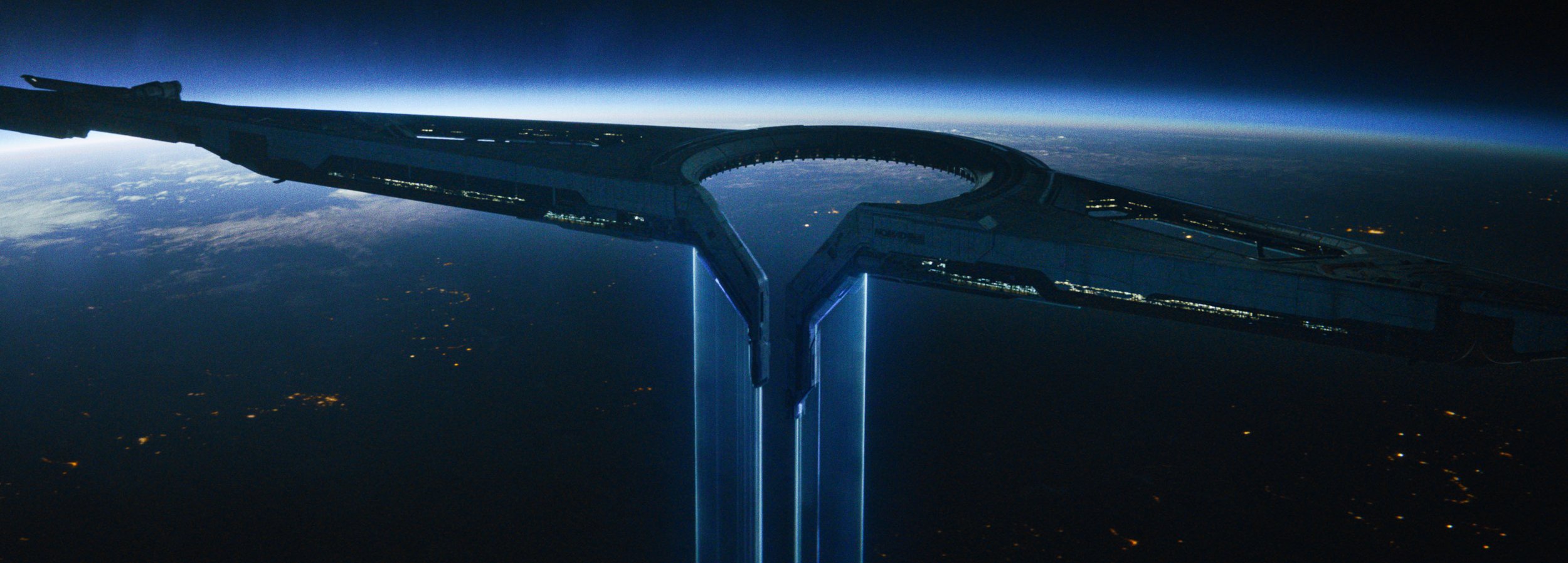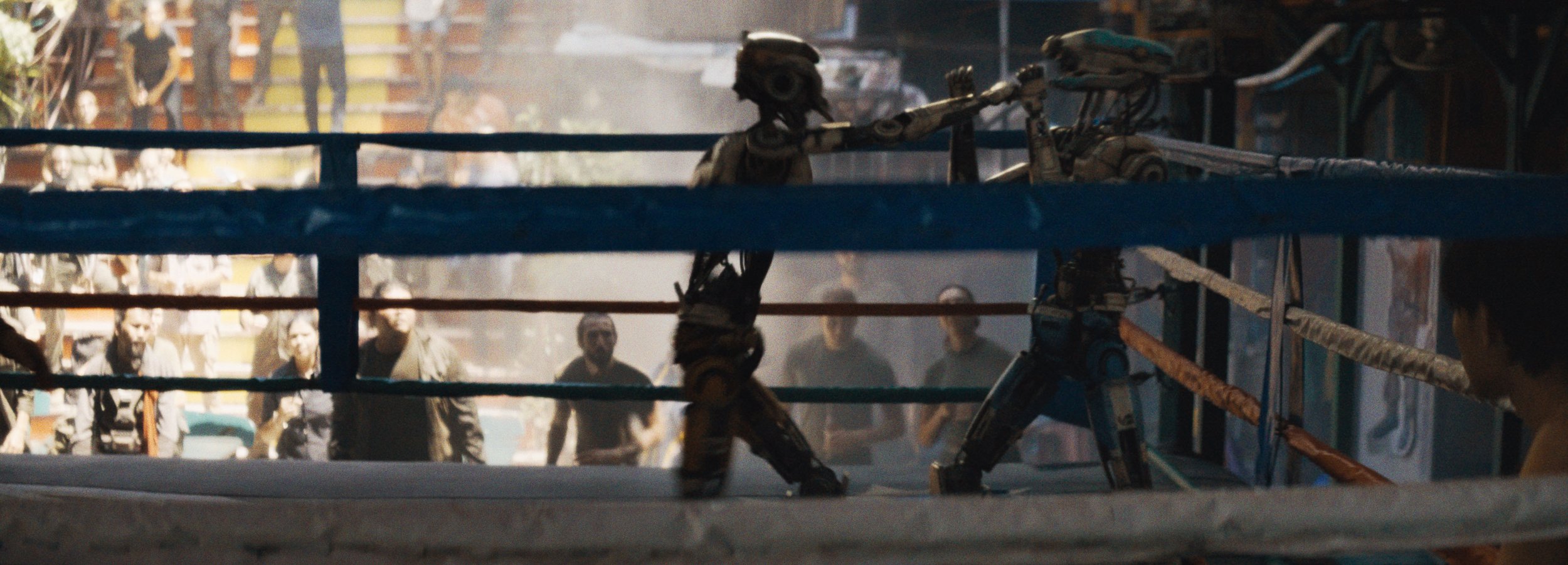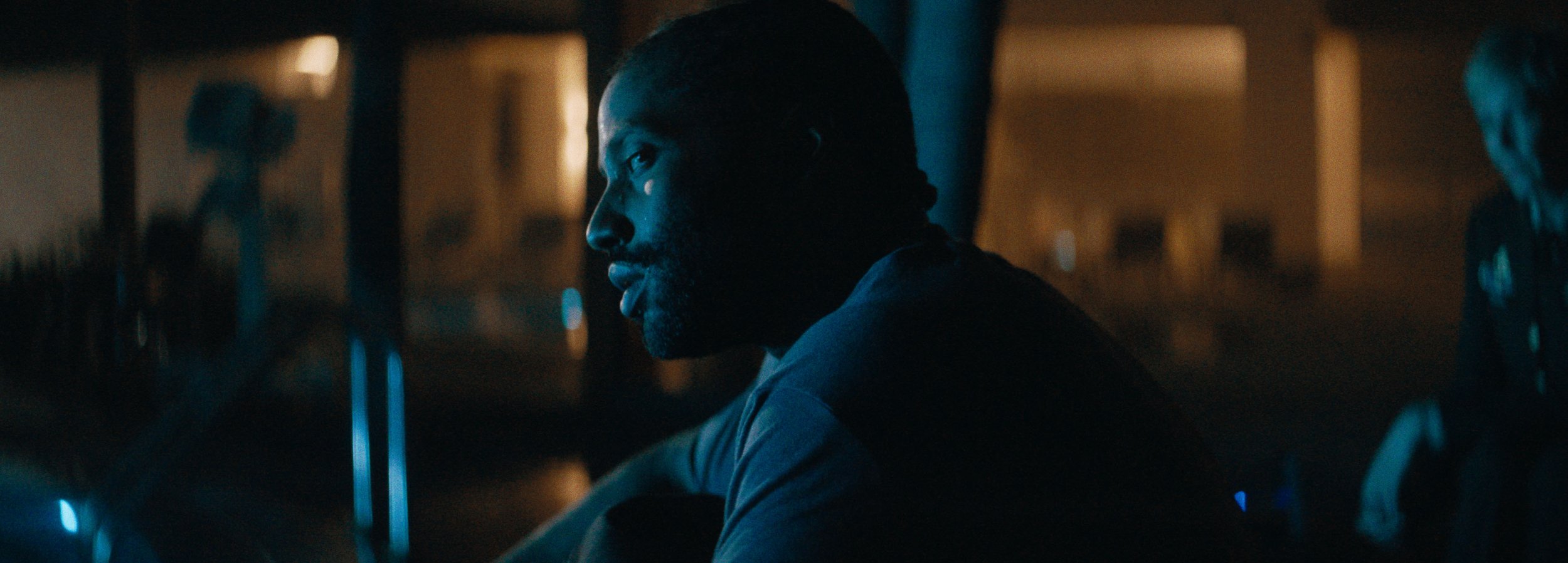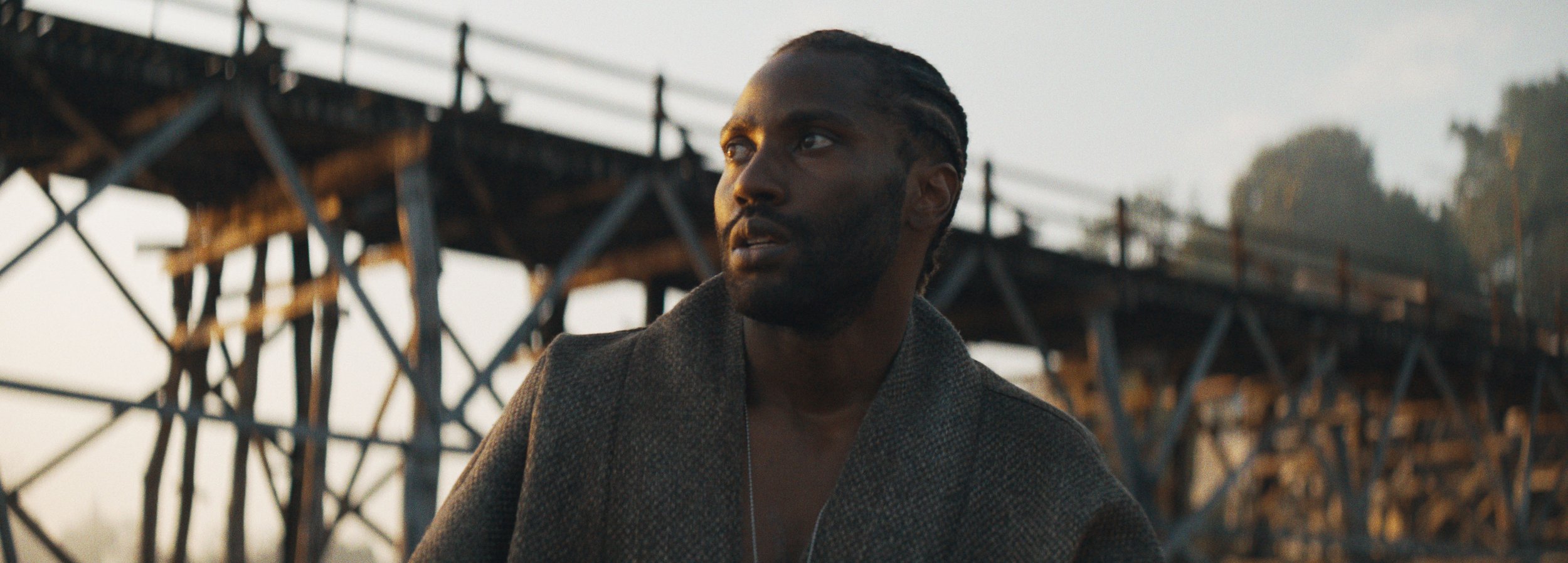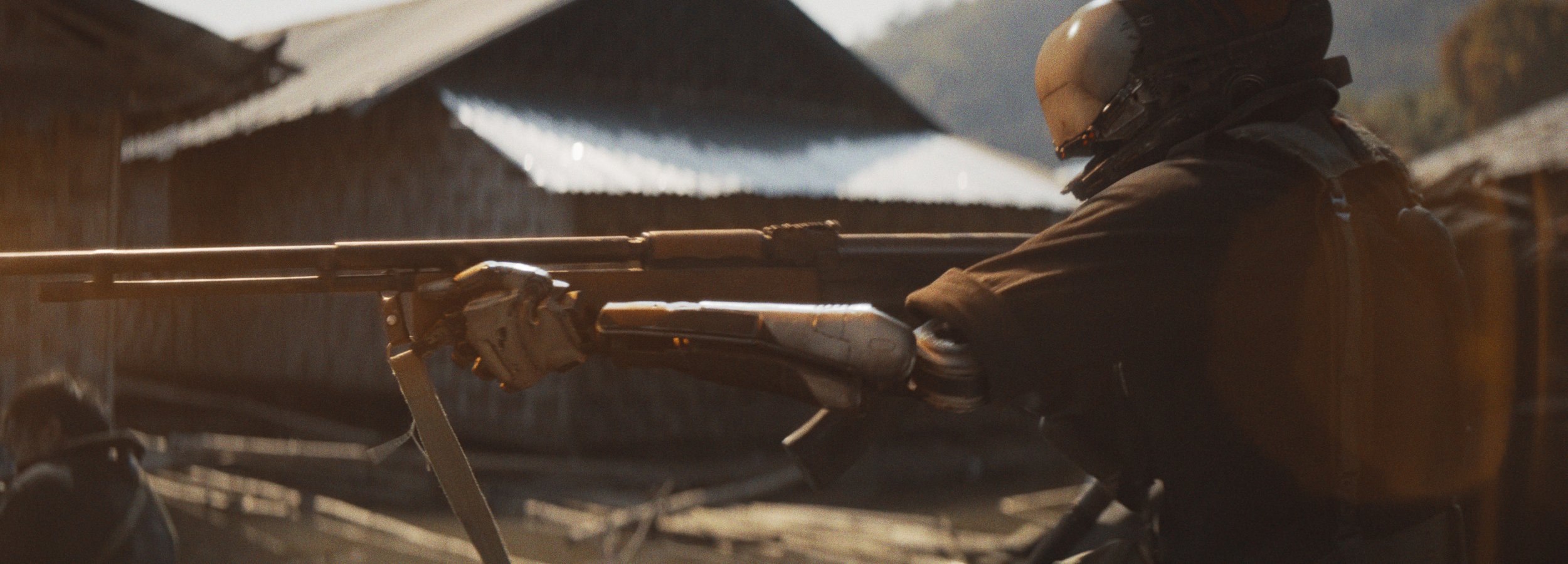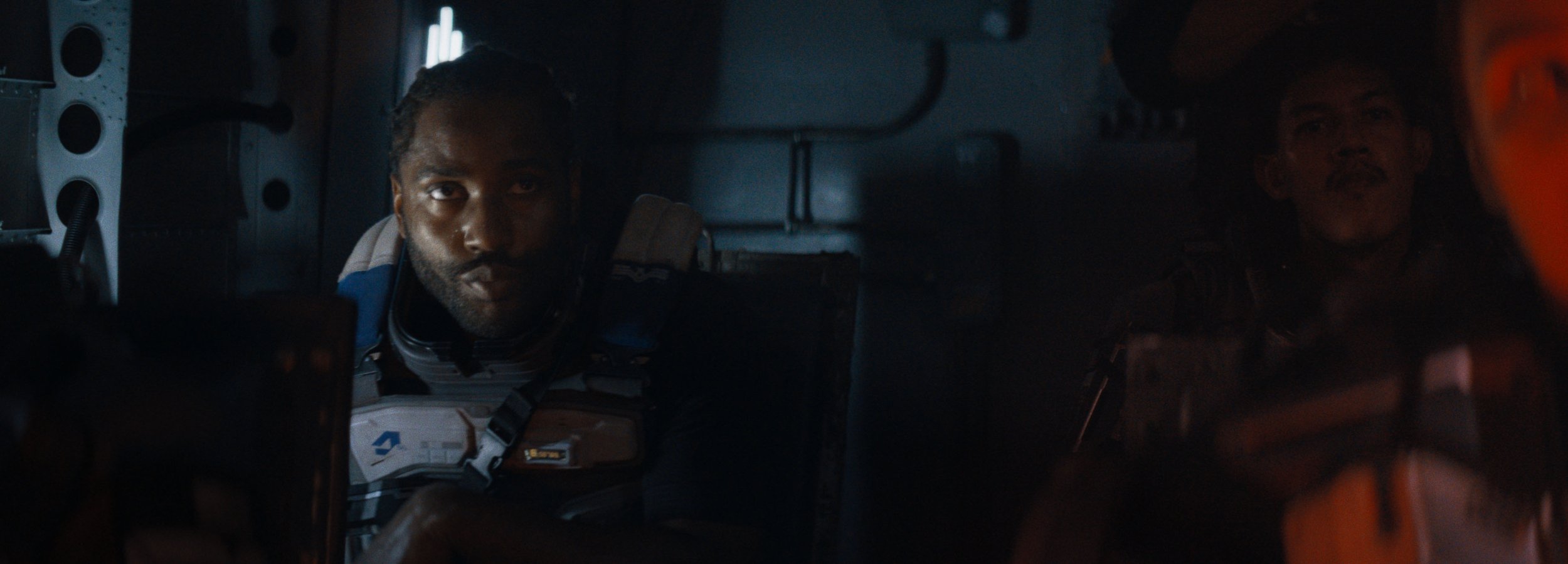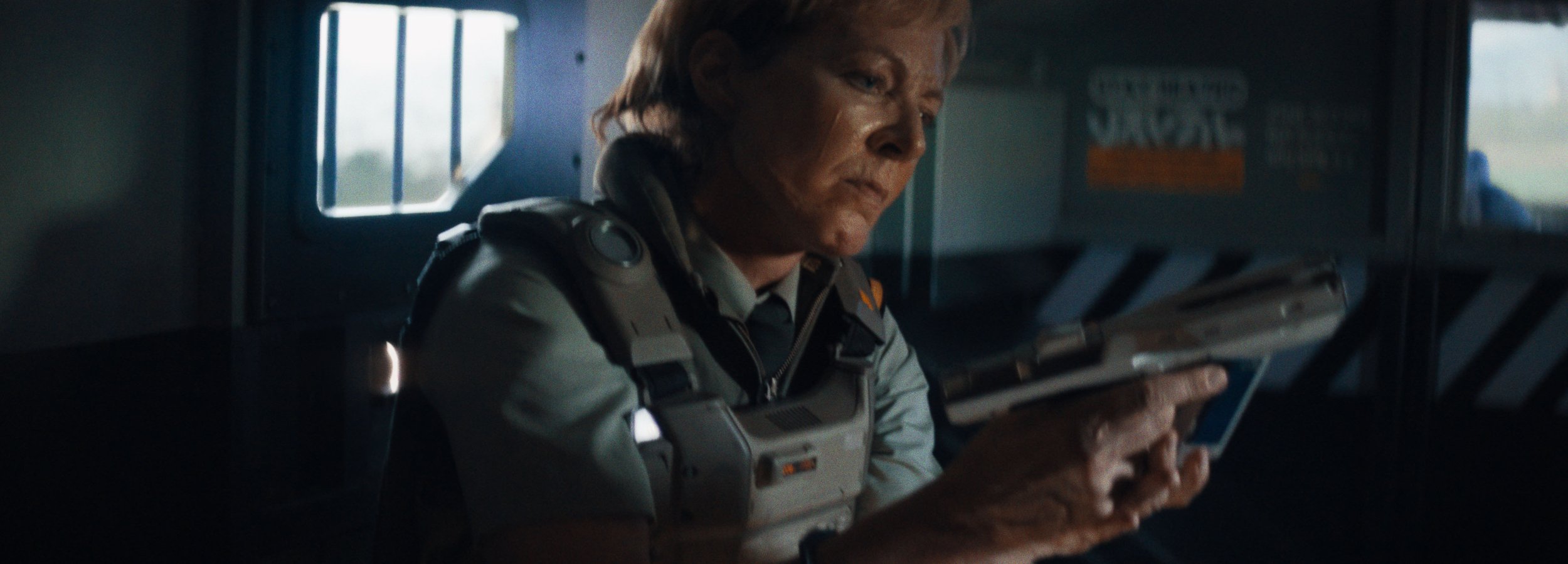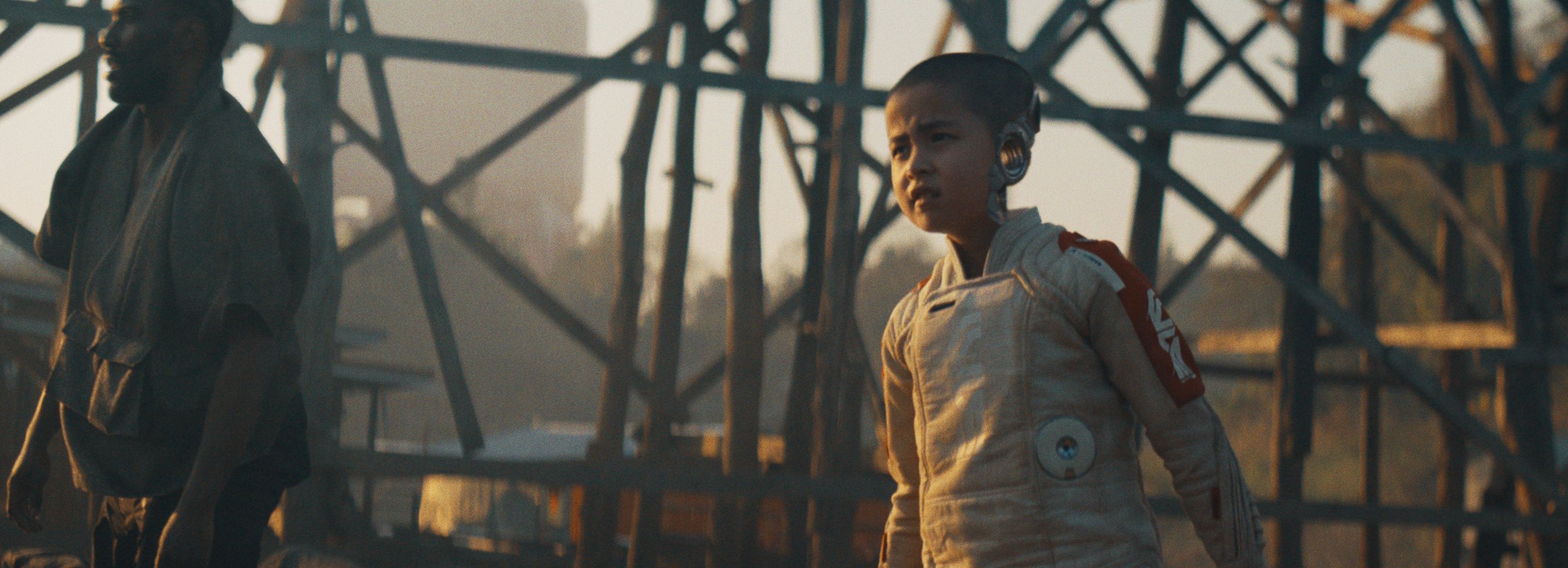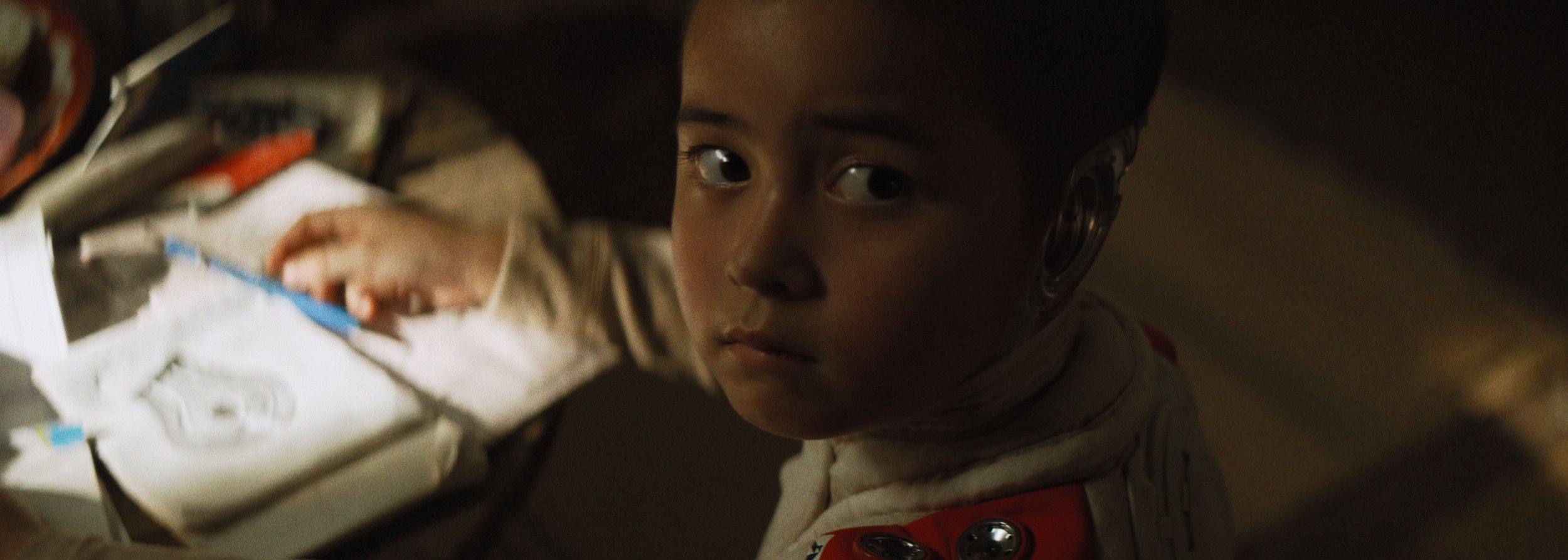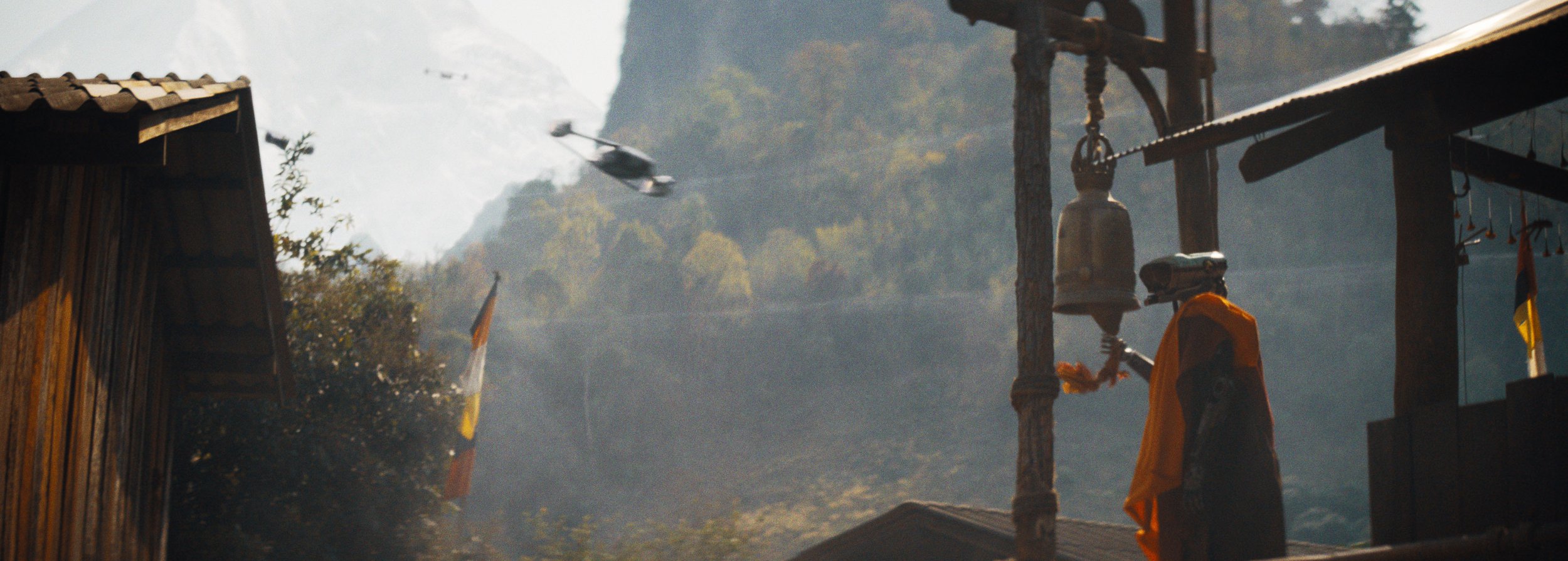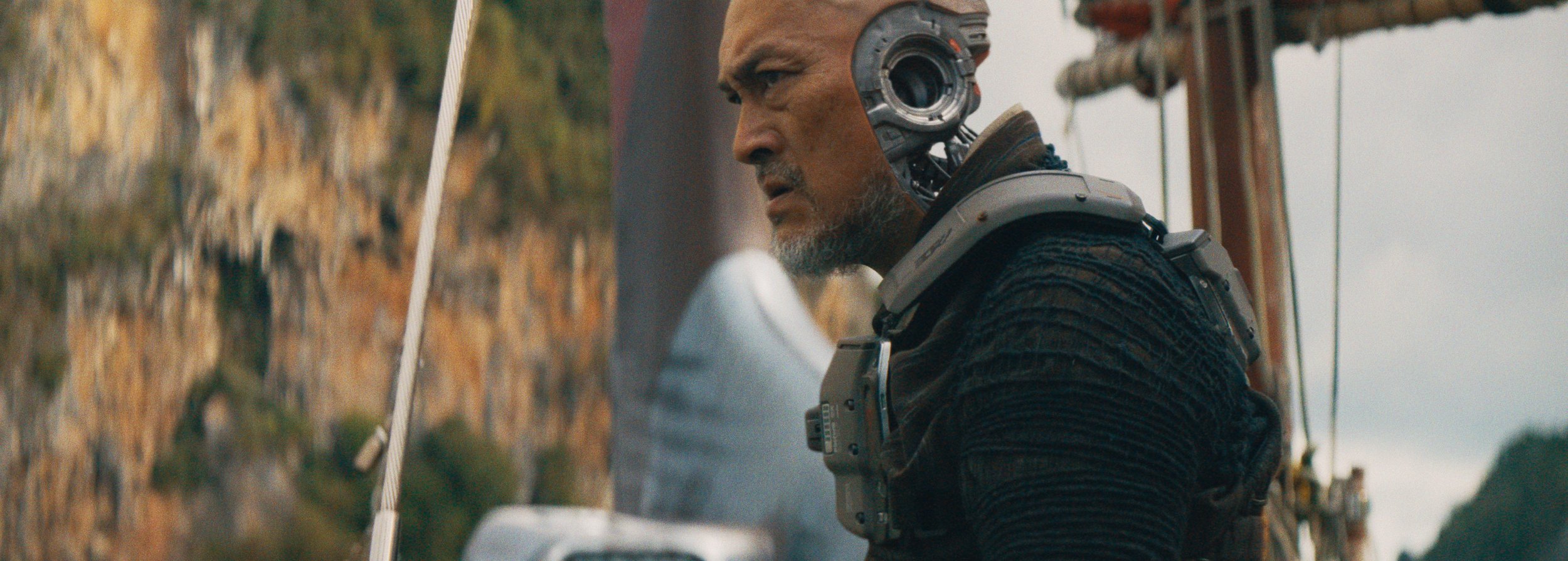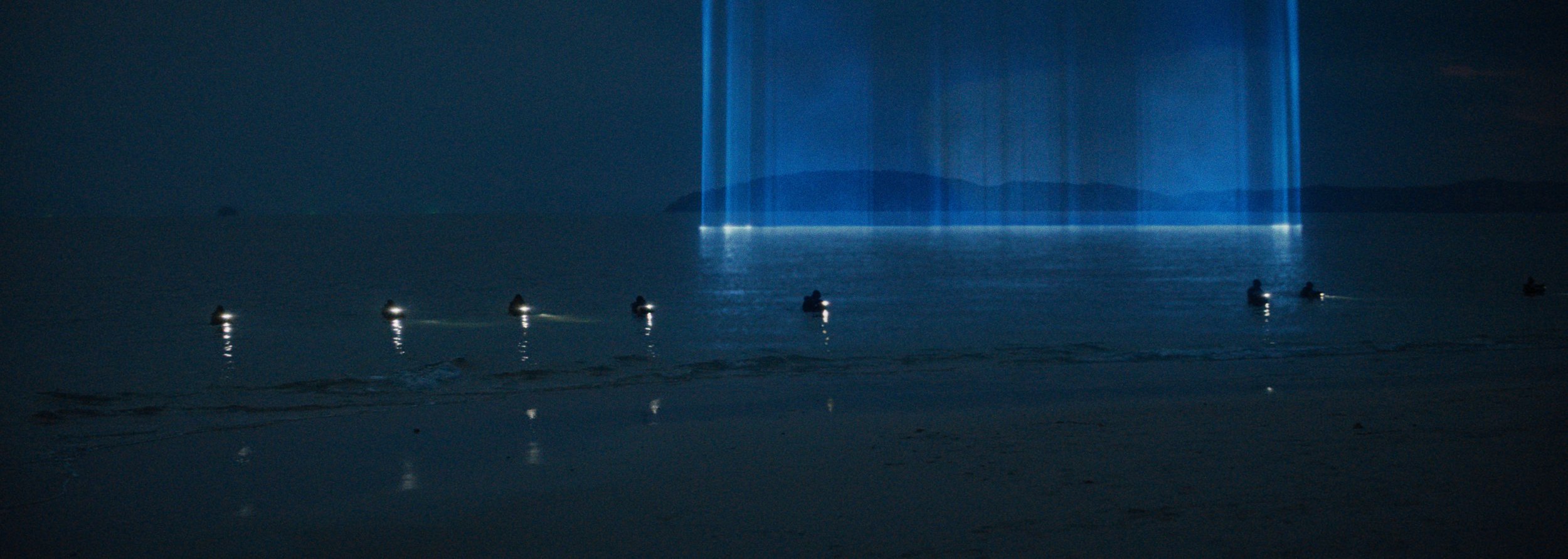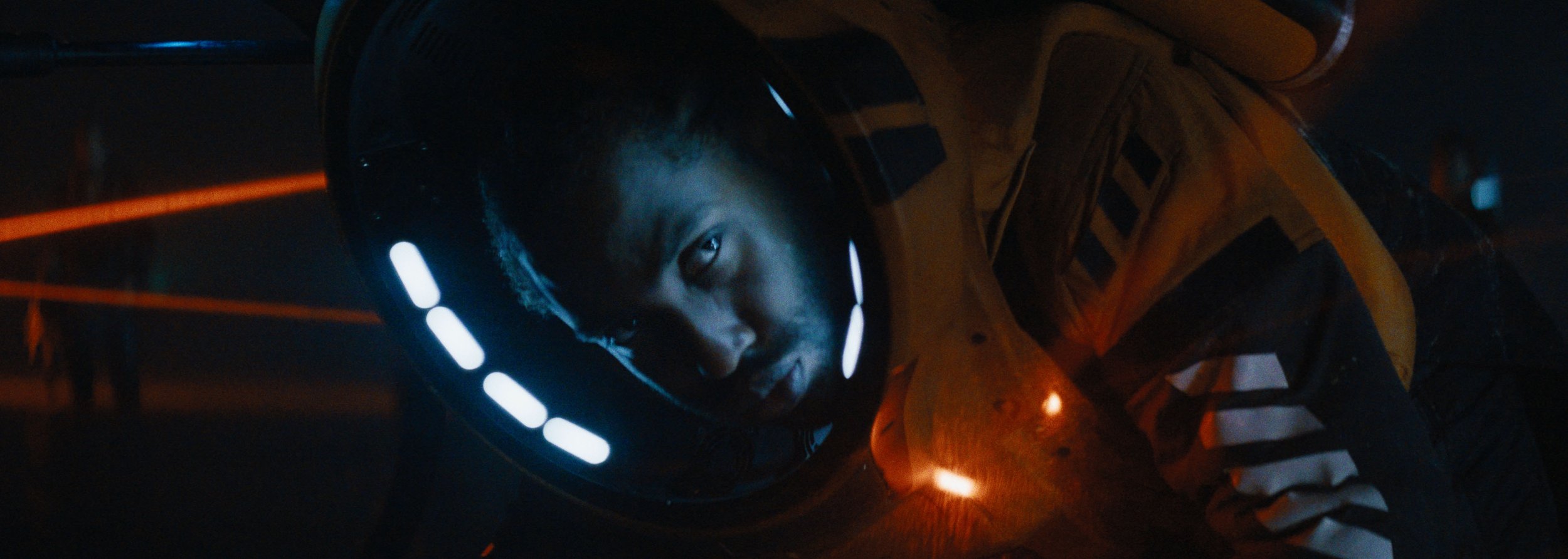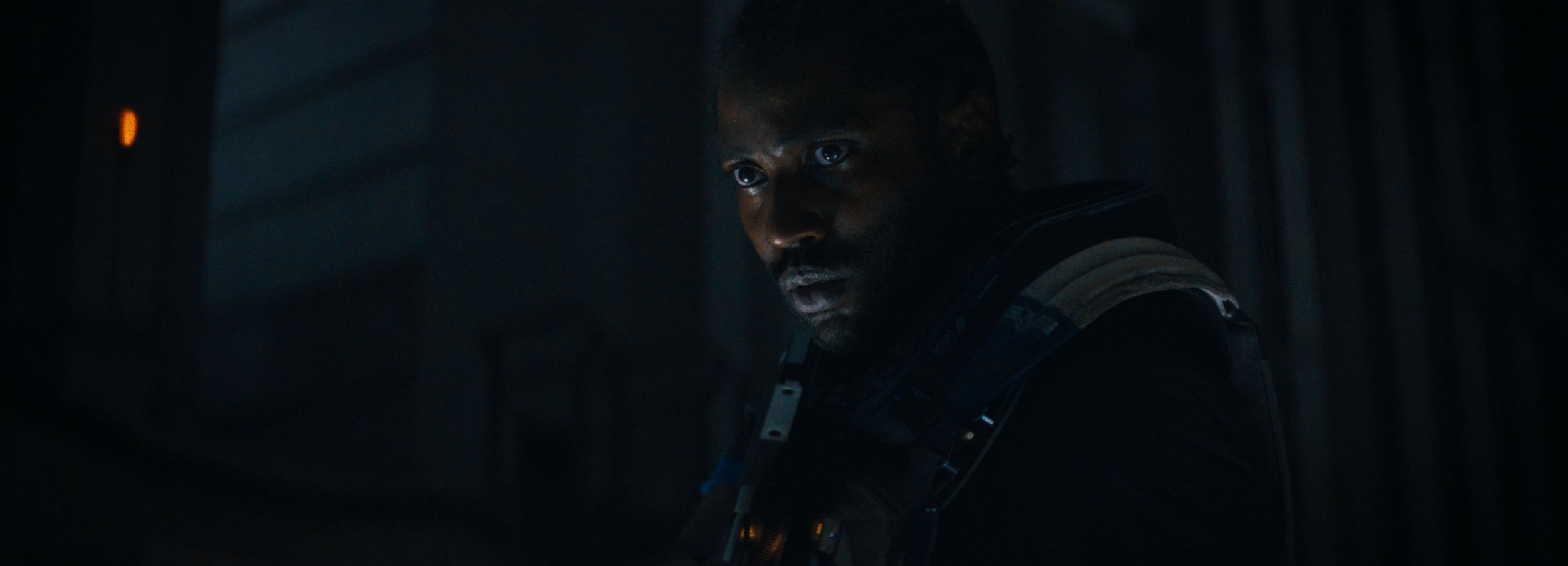MOVIE REVIEW: The Creator
THE CREATOR— 4 STARS
Machines of many shapes and forms fill the foregrounds and backgrounds of The Creator. Curious audiences will want to know right away what makes The Creator and its machines tick. Rogue One: A Star Wars Story director Gareth Edwards is a student of science fiction and volunteered an eclectic list on Twitter of movies that inspired him to make this one. So, go ahead and put The Creator in an imaginary lab for cinematic and mechanical dissection.
No doubt, shrewd fans of genre films will see a gear of this and a sprocket of that from Edwards’ list in The Creator. Honestly, after a century of the medium, that same kind of dissection can be done on virtually every modern movie. Look no further than the openly-shared lists of inspiration for the likes of Greta Gerwig’s Barbie and Damien Chazelle Babylon in the past year (throw in his La La Land too). Does the use of heavy inspiration or homage constitute creative bankruptcy? If so, that knocks down many, many outstanding films, but it begs the question and depends on if the possibly polarized viewer is dissecting with a scalpel or a chainsaw.
LESSON #1: WHAT POWERS YOUR HOMAGE OR INSPIRATION– Recognizable gears and sprockets aside, the real question is can familiarity still engage you and, better yet, move you? Sticking with the machine analogy happening here, that depends on what we’re going to call the movie’s battery. What is the thematic, entertaining, or emotional power source at the core of it all that makes new and familiar parts come alive and find their speed? Those sources are the filmmakers and storytellers themselves. If they bring a unique energy, then the battery is not another copied part from some other place and the machine becomes its own invention.
With The Creator, Gareth Edwards becomes one of those peerless fuels. His film may have informal traits from other sci-fi places that folks will criticize, but it has an emphatic beating heart all its own that cannot be contained and is wondrous to behold. Combining the genre’s penchant for implausible creativity and a powerful emphasis on existential connection, The Creator explores and reaches a special place within science fiction films.
In The Creator’s second half of the 21st century, the civilized world has experienced a rise in robotic technology and their uses in the multiple workforce settings. As their models improved to include donated likenesses of humans and improved artificial intelligence programming, the more humanoid models would come to be called “simulants.” The harmony of man and machine ended with the detonation of a nuclear warhead in Los Angeles that killed over a million people and was blamed on the collective A.I.
In the decade and a half since, The United States increased its military operations to ban, round-up, and destroy their former civil servant robots. In contrast, the collected countries of New Asia have maintained a culture that included and embraced robots equally. They infused them with practices of religion and made them part of their families. Using the U.S.S. Nomad, a massive space station capable of scanning and bombing robot-friendly enclaves from the upper atmosphere, the United States Army has crossed borders to eradicate the robots thriving and sheltering in New Asia.
One man that’s seen both sides of this conflict up close is Joshua, played by Tenet and BlackKklansman star John David Washington. Trained in the Special Forces, Joshua spent years undercover in New Asia trying to identify “Nirmata,” the anonymous architect of the existing robots’ A.I. deemed a terrorist. In the process, he loved and lost his pregnant wife Maya (Gemma Chan of Eternals), which led to his exile from the military. When rumors surface that Nirmata has a new weapon with the power to end the war, the current brass (embodied by Allison Janney and Ralph Ineson) re-activates Joshua to infiltrate New Asia again.
LESSON #2: THE DEFINITION OF “NIRMATA”-- The title of Gareth Edwards’ saga is the Nepalese word for “creator.” Digging a little deeper in the etymology, “nirmata” can also define a “constructor,” “producer,” or “builder.” Those are fitting levels of labels and totems for both the movie’s internal quest and the inspired artists who created it. Again, this thing has a battery all its own.
The builders of The Creator employed smart and effective filmmaking to separate itself from the over-soaked crowd it would usually be part of. By shooting at 80 different locations across seven different Asian countries, Edwards and his first-time production designer James Clyne minimized costly set construction and massive greenscreen needs. Likewise, Edwards waited until the movie was cut and locked by the powerhouse three-man editing team of 3-time Oscar nominee Hank Corwin (The Big Short), Dune Oscar winner Joe Walker, and Scott Morris (Armageddon Time) before passing the finished film to the wizards at Industrial Light & Magic for completed effects that enhance rather than dominate the on-location imagery captured by fellow Dune Academy Award winner Greig Fraser and Oren Soffer.
Those strategies kept The Creator’s budget to, by today’s standards, an economical $80 million, proving big studios are spending three times that amount with rushed and cheaper-looking results. Bolstered outside of the camera lens by a sweeping and pulsating score from two-time Oscar winner Hans Zimmer, The Creator is an artistic and technical marvel that will deserve Oscar consideration of its own this winter.
As part of the mission, Joshua discovers clues that Maya may have never died and is now active with Nirmata and the weapon. Lo and behold, the “Alpha O” weapon turns out to be an android child (newcomer Madeleine Yuna Voyles) with special abilities raised underground away from the real world. Joshua breaks ranks, takes it upon himself to rescue “Alphie,” and goes on the run to preserve the pro-A.I. cause and seek Maya. This leads to a multi-faceted fight for existence with different reasons on both sides.
LESSON #3: IT’S MORE THAN JUST THE PROGRAMMING– The entrenched battlefield of man vs. machine in The Creator plays very knowingly on our current fascinations and fears with artificial intelligence becoming more commonplace in our world. Even though programming is a human-created fault, condemnation of all collapse in the film is nearly automatically assigned to the simulants. According to Janney’s warmonger Col. Howell, the child must be destroyed with no ifs, ands, or buts.
LESSON #4: THE DISARMING PRESENCE OF A CHILD– For the human and mechanical citizens of New Asia, inclusion has merged cultures and adapted peaceful spirituality. This child has been earmarked as a savior in a war with losses happening for more wrong reasons than right ones. Alphie innocently does not know its created purpose as a weapon. More than anything, it wants its mother and talks longingly of heaven, of all places, creating an attachment to Joshua that changes his entire loyalty.
LESSON #5: LOVE IS THE ULTIMATE CONNECTOR– Playing the linchpin of survival on a planetary scale, the simplicity of Madeleine Yuna Voyles’s presence and performance melts hearts made of flesh or lead left and right. She, like her longtime sage co-star Ken Watanabe playing a high-level guardian, is extraordinary at bringing moral heft and tangible dignity to the forefront. Matched with her scene-for-scene and radiating his own heroic solemnity, John David Washington projects protective father feels that are off the charts and may have you reaching for the unexpected tissue or two. As Joshua remarks, love helps people live and also helps people die.
In this writer’s eyes, The Creator provides something audiences (and maybe even the industry as a whole) have been craving for a long time. This is a singular piece of original science fiction made for a manageable price with minority representation and solid world-building that is thankfully not interested in exhaustive sequels or franchises. Its popcorn qualities are thrilling, imaginative, and zing at the IMAX and Dolby levels. Yet, The Creator’s best qualities remain intellectual, like great sci-fi should. The movie’s call for freedom is deep enough to impress minds with messages that are heavy, warranted, inspiring, and cautionary. Like his own “nirmata,” Gareth Edwards has constructed a potential touchstone speaking to the moment and stirring humanistic support along the way.
LOGO DESIGNED BY MEENTS ILLUSTRATED (#1144)


